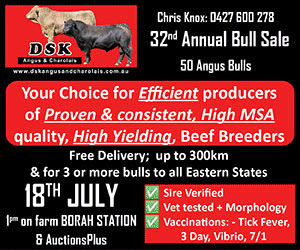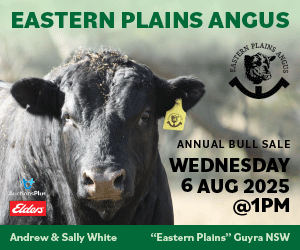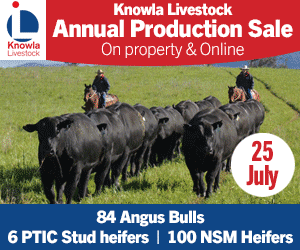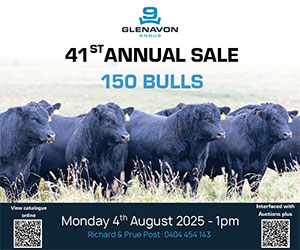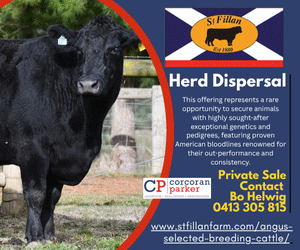Collecting Structural Soundness Scores
Subjective structural soundness scores collected on animals are used to calculate Claw Set, Foot Angle and Leg Angle EBVs within the TransTasman Angus Cattle Evaluation (TACE).
Recording structural soundness scores
Structural soundness scores for TACE are collected using the Beef Class Structural Assessment System.
Scores are collected using a 1 – 9 scoring system, where;
- A score of 5 is considered ideal
- Scores of 4 and 6 show slight variation from ideal, but this includes most animals. Any animal scoring 4 and 6 would be acceptable in any breeding program
- Scores of 3 and 7 show greater variation, but would be acceptable in most commercial breeding programs, however seedstock producers should be wary
- Scores of 2 and 8 are low scoring animals and should be looked at carefully before purchasing
- Scores of 1 and 9 should be considered culls
Front and rear feet should be scored separately.
When should animals be scored?
TACE can analyse structural soundness scores from animals older than 320 days of age at scoring (i.e. 10 months), with an animal able to be scored multiple times across its life.
Scores on both young animals, and mature females can be analysed. In general, scoring animals once as yearlings (or rising 2 year olds), and mature females once per year is recommended. Scores can be collected at any time throughout the year.
Use of Accredited Technicians
Both breeder collected scores and scores collected by accredited technicians are analysed in TACE.
It is suggested that independent accredited assessors are used for the collection of scores on sale animals, or in situations where the breeder is not confident with scoring their animals.
A “Paddock Guide to Structural Scoring for Genetic Evaluation” is available from Angus Australia to assist any breeders wishing to collect structural scores for their animals.
- It is important to try and score as many animals within each contemporary group as possible. Collection of structural soundness scores for only a selection of animals (e.g. only collecting scores for sale bulls rather than the entire bull drop) may result in data biases and the subsequent calculation of Structural Soundness EBVs that do not reflect the true genetic merit of animals.
- There needs to be some variation in scores for them to be used in the TACE analysis. Scoring all animals in a group with a score of [5] does not identify any differences in structural soundness between animals, and consequently does not provide any useful information for the calculation of Structural Soundness EBVs.
- If there is variation from foot to foot or leg to leg, the score that is collected should reflect the worst foot and leg respectively.
- A management group should be recorded for any animals or group of animals that have been treated differently or exposed to significant non-genetic influences prior to measurement that may affect their structural soundness scores. For example, differences in feed, or animals being run on different types of country (i.e. soft, rocky).
- Structural soundness scores should be recorded for all animals in a contemporary group on the same day. TACE will not directly compare scores collected on different days.
- It is important the same person scores all animals within a management group to account for variation between scorers.
- If foot trimming is practiced, structural soundness scores should be collected prior to trimming so that differences between animals are accurately described.
- Structural scores can only be analysed in TACE for animals that have a prior 200 or 400 day weight included in the analysis. The most recent 200 or 400 day weight contemporary group forms an important criteria in determining the contemporary group in which structural soundness scores are analysed.
- Structural score information can also be collected for a range of other traits such as rear leg hind view sheath and navel scores, udder evenness and attachment, teat size and shape and capacity. These scores are not currently included in the TACE analysis however they may be used to develop Structural Soundness EBVs for these traits in the future.
Click here to print
Click here for a list of Accredited Scores
Click here to access the Paddock Guide to Structural Scoring
Angus Australia acknowledges the funds provided by the Australian Government through the Meat & Livestock Australia Donor Company (MDC).
This resource was created as a result of a collaboration between Angus Australia and Meat & Livestock Australia Donor Company (MDC) (Project P.PSH.1063).








